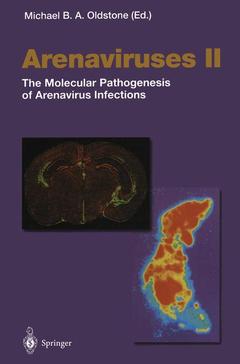Viruses are studied either because they cause significant human, animal or plant disease or because they are useful materials for probing basic phenomena in biology, chemistry, genetics and/or molecular biology. Arenaviruses are unusually interesting in that they occupy both categories. Arenaviruses cause several human diseases known primarily as the hemorrhagic fevers occurring in South and Latin America (Bolivia: Machupo, Argentine, Junin virus, and Brazil: Sabia virus) and in Africa (Lassa fever virus). Because such viruses produce profound disabilities and often kill the persons they infect, they are a source of health concern and economic hardship in the countries where they are prevalent. Further, they provide new problems for healthcare persons owing to the narrowing of the world as visitors from many countries travel increasingly to and from endemic areas and may incubate the infectious agent taking it from an endemic area into an area where the virus is not expected. Such cases are now being re corded with increasing frequency. In addition to these hemor rhagic fever viruses, the arenavirus lymphocytic choriomeningitis virus (LCMV) can infect humans worldwide, although the illness is most often less disabling and severe than those elicited by the other arenaviruses. Yet, LCMV is of greater concern to non arenavirologists and experimentalists using tissue culture or ani mals, etc. , because normal-appearing cultured cells or tissues from animals used for research may be persistently infected with LCMV without manifesting clinical disease or cytopathology and may transmit that infection to laboratory workers.




